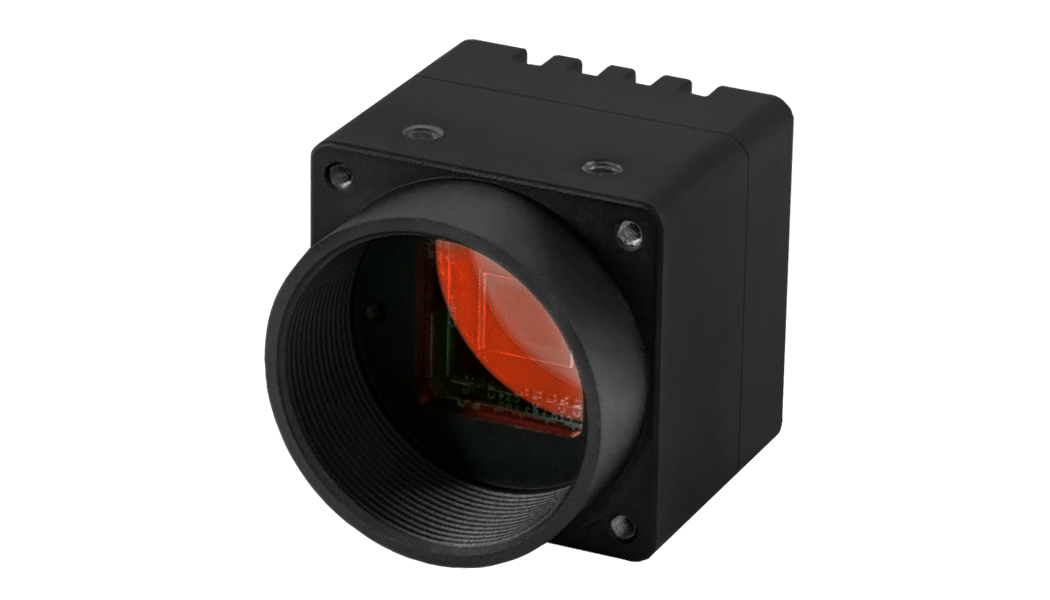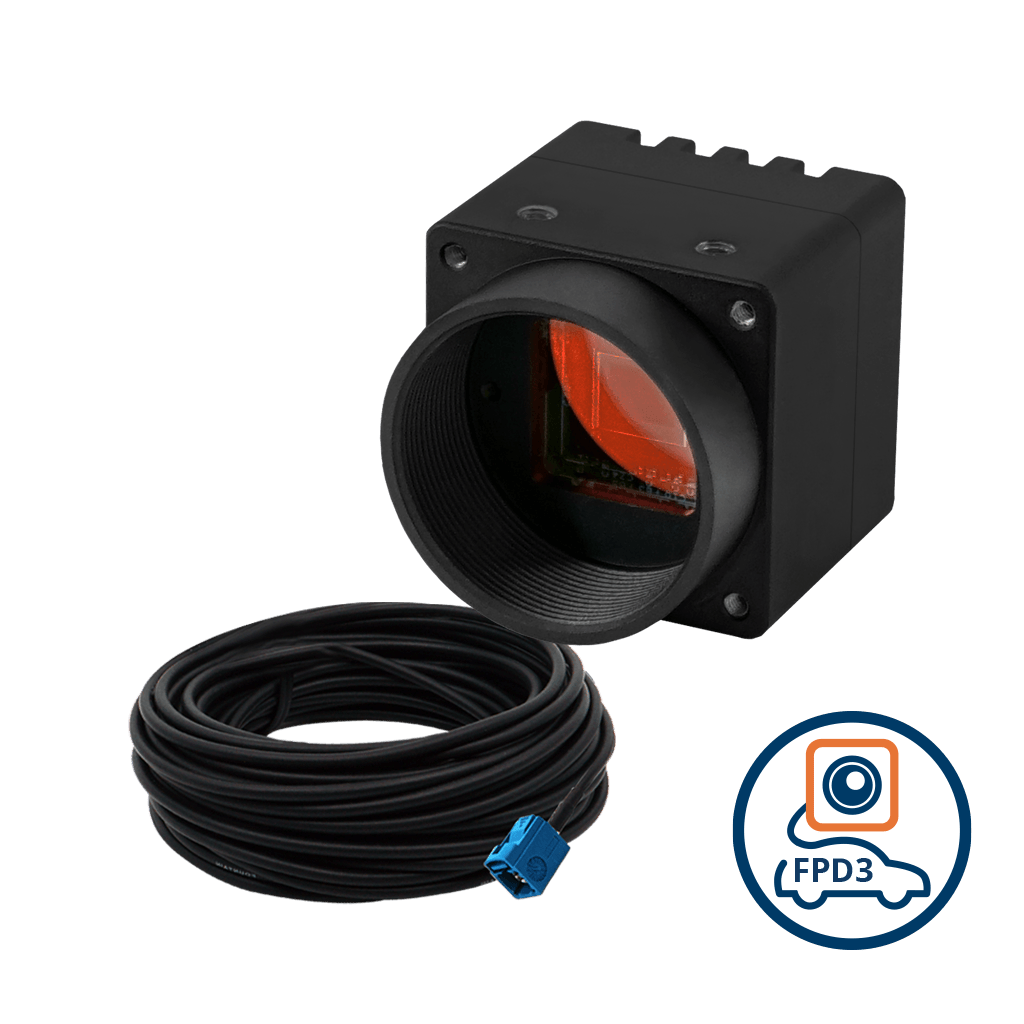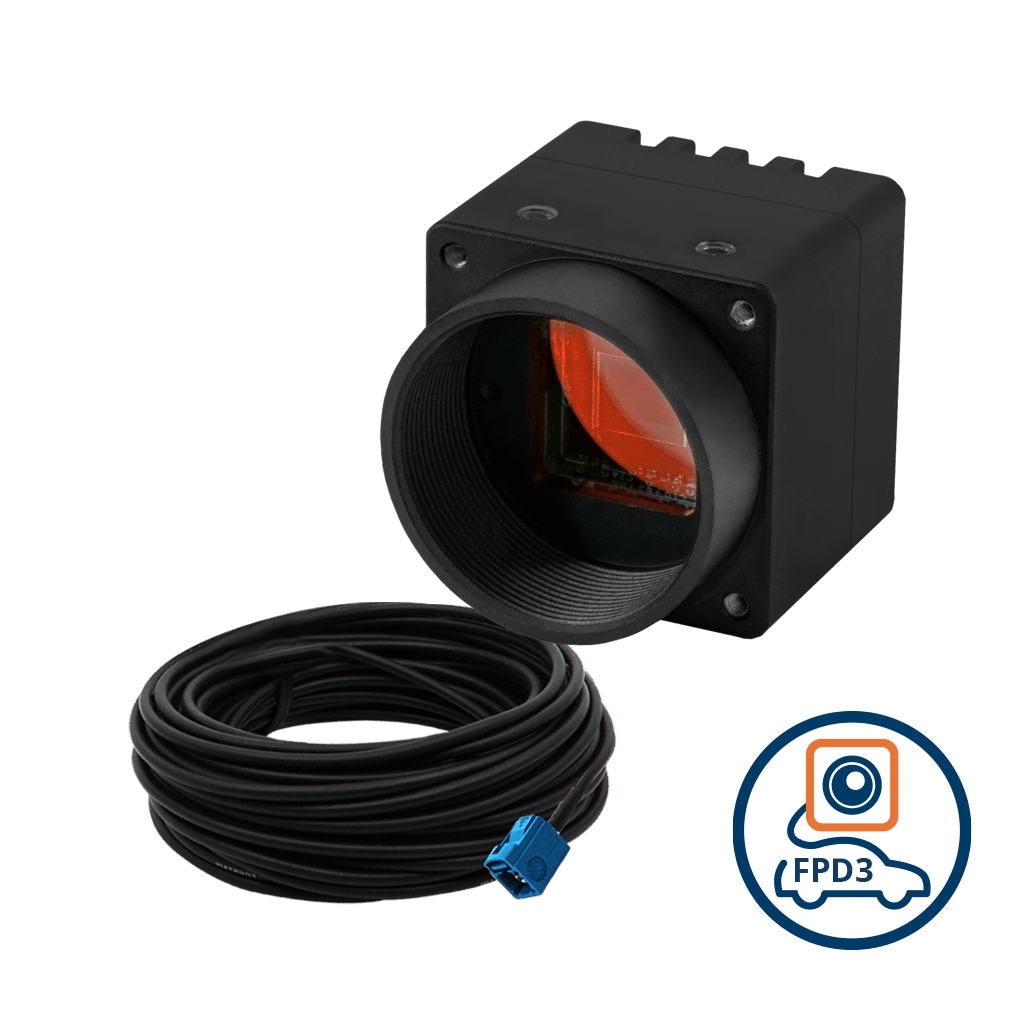Vision systems have faced significant obstacles due to the power-hungry nature of traditional imaging technologies, which limits their potential in various applications, such as autonomous vehicles and medical devices. While achieving high quality was possible with CCD sensors, they posed challenges in terms of size and power consumption.
However, CMOS cameras provide a groundbreaking solution with low power consumption and cost-effectiveness while maintaining superior image quality – essential for advancing intelligent vision technologies. Their cutting-edge features help embedded vision become integral to modern digital and smart systems.
In this blog post, let us learn in detail about CMOS cameras, their key features, and applications.
What are CMOS cameras?
CMOS sensors vs. CCD sensors
CMOS and CCD sensors, which convert light into electrical signals for capturing images, are essential components in digital cameras. These two types of sensors – Complementary Metal-Oxide-Semiconductor (CMOS) and Charge-Coupled Devices (CCD) – operate on the same principle, the photoelectric effect, where light is converted into electronic charges. Due to their common functionality, they are widely used in various imaging applications, such as consumer cameras and scientific and industrial equipment.
There are several key differences to consider when comparing CMOS and CCD sensors. Firstly, CMOS sensors consume less power than CCD sensors, making them more energy efficient. Additionally, CMOS sensors process images directly on the chip, resulting in faster image processing speeds than CCDs, which transfer charge to a central processor. Another factor to consider is cost – manufacturing CMOS sensors is generally cheaper than CCDs.
When it comes to image quality, some argue that CCDs have historically offered slightly superior results in low-light situations. However, with technological advancements, the gap between the two is quickly closing, and CMOS sensors can now produce high-quality images even in no-light conditions. Both types have applications in various fields, but the efficiency and cost-effectiveness of CMOS sensors make them increasingly popular in embedded vision.
When machine vision cameras took the industrial sector by storm in the early 2000s, they were mostly powered by CCD sensors. With sensor and processor technology developments, embedded vision started getting more popular, and a vast majority of next-generation embedded vision systems today are integrated with CMOS sensors.
7 reasons why CMOS sensors power new-age vision systems
High sensitivity
The advancements in CMOS sensor technology have made it possible for modern sensors to have a high level of sensitivity similar to that of CCD sensors. Owing to their high QE (Quantum Efficiency), images can now be captured with high quality even in low light conditions. This has significant applications in smart security cameras, allowing for improved night-time surveillance capabilities.
Size
CMOS sensors are generally smaller than CCD sensors, making them ideal for compact devices. This makes them a popular choice for small form factor embedded vision devices such as industrial handheld tablets, where space is limited, but high-quality imaging is still necessary.
At the same time, there are always exceptions. Not all CMOS sensors are smaller than CCD sensors. It can be said that CMOS sensors are smaller than CCD sensors with comparable features.
High resolution
The advancement of CMOS sensors has led to high resolutions, with some sensors used in embedded vision now exceeding 20 megapixels. This breakthrough has had a major impact in fields such as medical imaging, as it allows for capturing detailed images that aid in accurate diagnoses. Specifically in digital pathology, these high-resolution CMOS sensors have greatly improved the quality and precision of imaging techniques. CCD sensors can also come with high resolution. Since CMOS sensors can achieve similar resolutions with a smaller form factor, they are preferred today in embedded vision applications.
Rapid innovation
Major manufacturers heavily invest in CMOS sensor research and development, resulting in faster innovations. This also led those designing complementary systems to build devices suited for CMOS sensors. For example, many companies offer ISPs (Image Signal Processors) that are well-suited for modern-day CMOS cameras.
Pixel well depth and High Dynamic Range (HDR)
CMOS sensors can capture a wider range of light intensities, allowing for greater detail in an image’s bright and dark areas. This feature is extremely useful in applications such as:
- Smart traffic devices
- Sports broadcasting and analytics systems
- Smart street lighting systems
- Surveillance devices and patrol robots
This higher dynamic range can be attributed to the deeper pixels of CMOS sensors that allow for the capture of more light data from the scene.
Lower power consumption
CMOS sensors have become the standard choice for embedded vision systems due to their lower power consumption than CCD sensors. This makes them highly efficient, especially in battery-operated devices like portable cameras, allowing longer operational time without constantly recharging.
Low noise
CMOS technology has significantly advanced in offering low-noise imaging, crucial for producing high-quality output. This technology is beneficial in applications such as astrophotography, where capturing faint celestial objects requires low-noise sensors to produce clear and detailed images.
The noise levels in the output image also depend on the specific features of the sensor. Factors like longer transmission distances, electromagnetic interference, and multiple components in the camera system can also introduce noise. In general, most CMOS cameras and sensors are optimized for achieving low noise.
Applications of CMOS cameras
CMOS cameras are ubiquitous in the embedded vision world today. They are used in multiple domains such as retail, medical, industrial, and smart city. Here, let us look at some trending and popular applications of CMOS cameras in embedded vision.
Robotics
CMOS cameras play a crucial role in robotics, serving as the eyes of autonomous robots. With their ability to process visual information, these cameras allow robots to navigate, recognize objects, and make decisions based on what they “see.” CMOS cameras ensure safe and efficient operation in real-time mapping applications and obstacle detection systems. Moreover, the precise placement of parts in manufacturing is made possible by robotic arms equipped with CMOS cameras.
Smart traffic systems
CMOS cameras are a key component of smart traffic systems providing vital data for intelligent traffic management and automatic toll collection. These cameras are used for various purposes, such as license plate recognition, monitoring traffic flow, and identifying traffic violations like speeding or running red lights. By analyzing the data captured by these cameras, traffic engineers can optimize traffic signals and reduce congestion on busy roads.
Learn more about how embedded vision enables smart traffic management here: How Embedded Cameras are Powering New-age Smart Traffic Systems.
Sports analytics and broadcasting
In the world of sports, CMOS cameras play a crucial role in both broadcasting and analytics. These high-speed, high-resolution cameras are essential for capturing fast-paced actions in games like football or motor racing for live broadcasts of amateur matches. But they also serve a critical function in analytics, where coaches use footage to analyze players’ performances and develop winning strategies. With technological advancements, sports teams can use sophisticated data analysis tools to gain a competitive edge on the field or court.
More about embedded vision in sports broadcasting here: Embedded Vision in Sports Analytics – Relevance and Applications
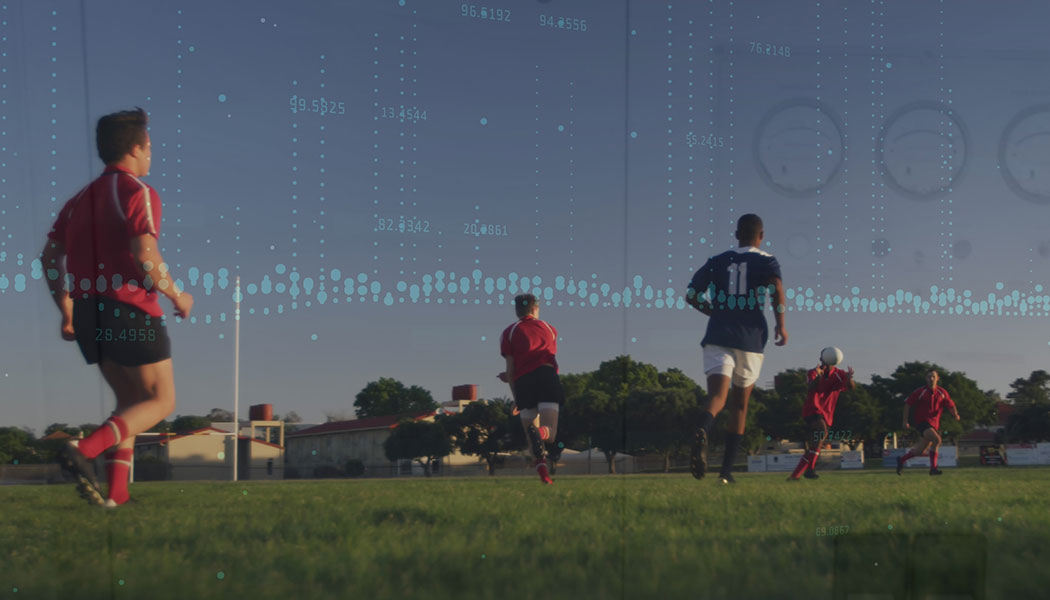
Medical cameras
CMOS cameras have become crucial in medical devices, allowing for high-resolution imaging and enhanced diagnostics and surgical assistance. Eye diagnostic procedures and surgeries benefit from CMOS cameras by providing clear internal images for accurate diagnosis and surgical guidance. Additionally, digital pathology relies on CMOS-based microscopes to examine tissue samples in greater detail, aiding in detecting and treating various medical conditions.
Industrial inspection and automation
Industrial inspection and automation technologies play a crucial role in ensuring the quality and consistency of products. Manufacturers can quickly and accurately detect defects in electronics assembly and packaging processes using CMOS cameras to meet industry standards. These tools provide detailed inspections of circuit boards for proper functionality and verify correct labeling and sealing in packaging operations. With their advanced capabilities, these cameras help streamline quality control processes for improved efficiency and cost savings in various industries.
Also read: What is an Industrial Inspection Camera? Where is It Used?
Smart surveillance and security
Smart surveillance and security systems utilize CMOS cameras to enhance surveillance capabilities. These cameras have high resolution, low light performance, and motion detection features. In public places, they monitor for security threats and can even incorporate facial recognition technology for identifying potential threats or controlling access in secure areas. This advanced technology allows for a more efficient and effective security system.
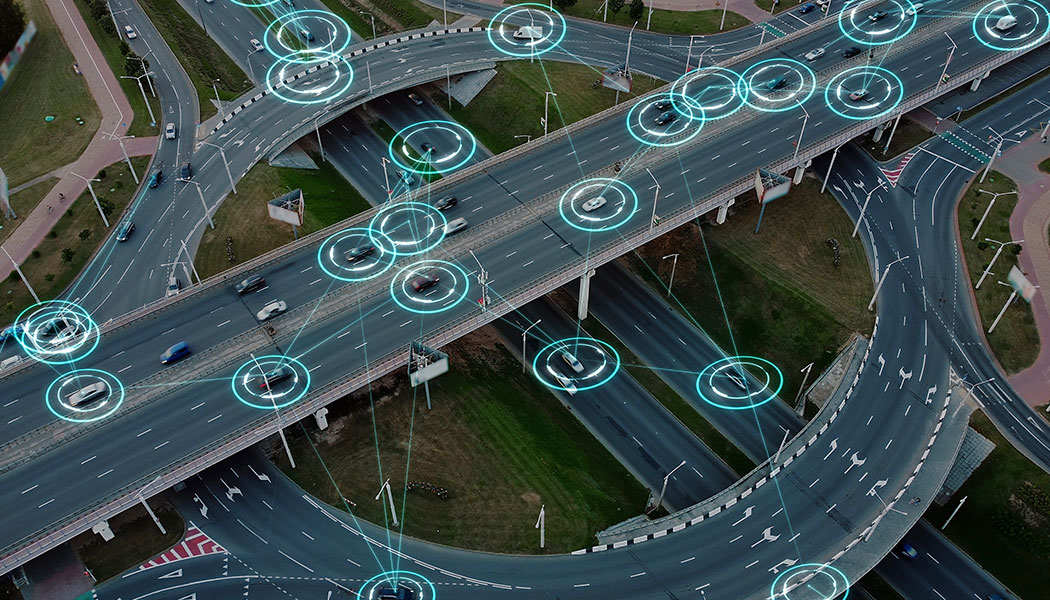
TechNexion's role in advancing CMOS camera applications
TechNexion is a pioneer in the embedded systems space and its impact can be seen across a wide range of applications. Our embedded cameras come with the latest CMOS sensors, ensuring exceptional performance, reliability, and adaptability to different environments and requirements. From enhancing robotics with precise imaging capabilities to providing efficient solutions for industrial automation, TechNexion’s dedication to quality and innovation makes us the go-to choice for professionals needing cutting-edge CMOS cameras. Our solutions meet the current demands of any vision system and are designed with future challenges and advancements in mind. Contact us today to know more about our CMOS camera solutions.

